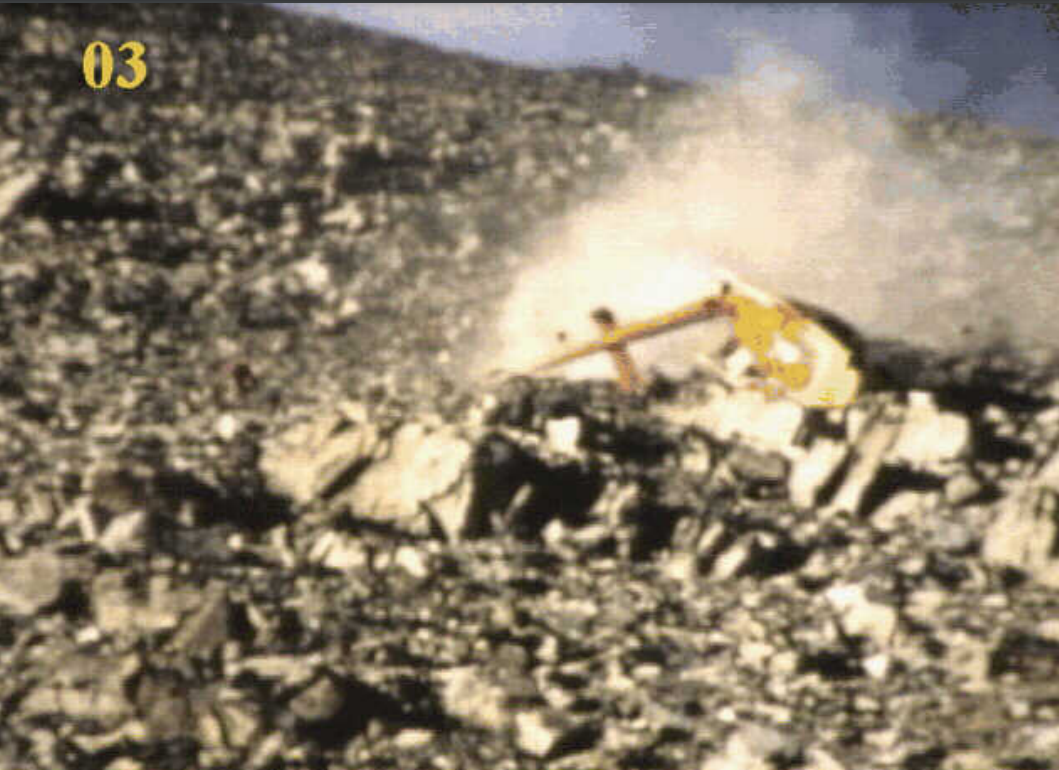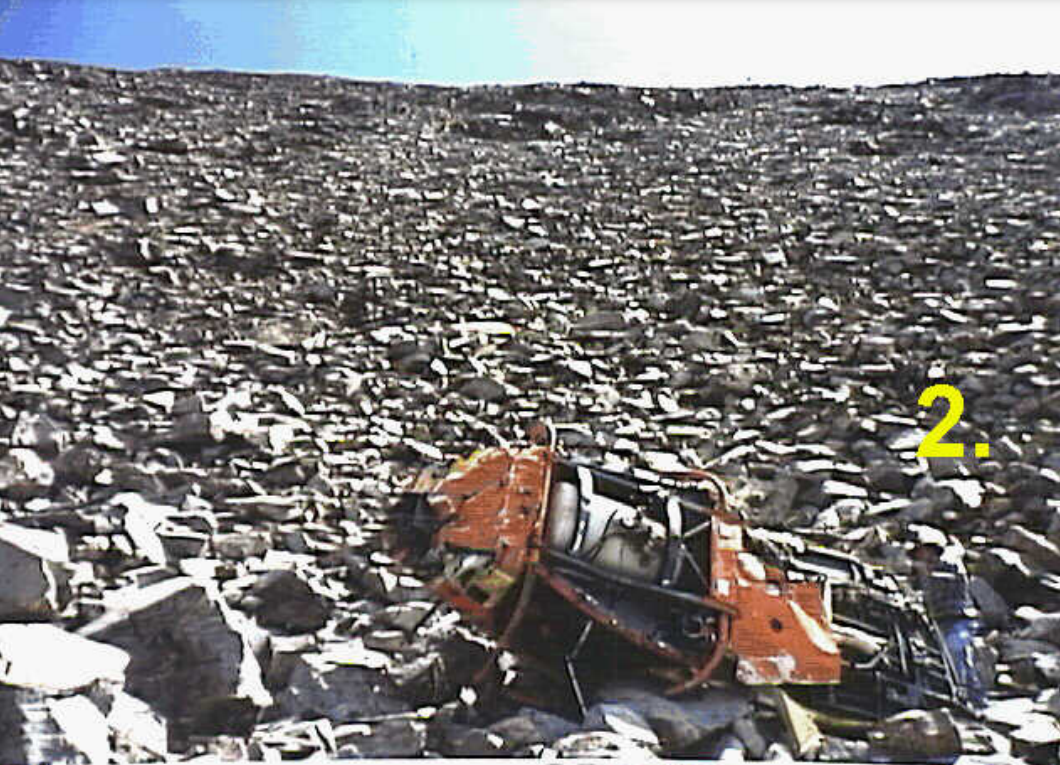
ASN Wikibase Occurrence # 43458
This information is added by users of ASN. Neither ASN nor the Flight Safety Foundation are responsible for the completeness or correctness of this information.
If you feel this information is incomplete or incorrect, you can submit corrected information.
| Date: | Saturday 9 July 1994 |
| Time: | 19:48 |
| Type: |  Aérospatiale AS 350B2 Ecureuil |
| Owner/operator: | Rocky Mountain Helicopters |
| Registration: | N95LG |
| MSN: | 2389 |
| Year of manufacture: | 1990 |
| Total airframe hrs: | 2905 hours |
| Engine model: | TURBOMECA ARRIEL 1D1 |
| Fatalities: | Fatalities: 2 / Occupants: 2 |
| Aircraft damage: | Destroyed |
| Category: | Accident |
| Location: | 10 miles SW of Granite, CO -
 United States of America United States of America
|
| Phase: | Manoeuvring (airshow, firefighting, ag.ops.) |
| Nature: | Ambulance |
| Departure airport: | Provenant Medical Center, CO (91CO) |
| Mount Huron, CO | |
| Investigating agency: | NTSB |
| Confidence Rating: |
On July 9, 1994, at 1948 mountain daylight time, N95LG, an Aerospatiale AS350 B2 Ecureuil, was destroyed during hover 10 miles southwest of Granite, Colorado. The commercial pilot and a flight nurse were fatally injured, and three ground personnel received minor injuries. Visual meteorological conditions prevailed for the CFR part 135 flight.
The following is based on the pilot/operator report and interviews with ground rescuers. The helicopter, operating as an air ambulance, was dispatched from Provenant Medical Center in Frisco, Colorado, to 14,003-foot Mount Huron, near Granite, to pick up an female injured hiker, who had sustained a broken ankle.
Ground rescue personnel said the pilot was in radio contact with them as he made his approach at the 12,200 foot level. The pilot advised them he would place the helicopter's right skid on the mountain slope to allow them to load the patient on the downhill side. Rescuers said they were beneath the rotor disc and were shielding their faces from flying debris when they heard "chopping" noises. They saw the main rotor blades strike the rocks and saw the helicopter flip over their heads and tumble down the mountain, coming to rest 800 feet away at the 11,400 foot level.
Probable Cause: Failure of the pilot to assure main rotor clearance from sloping terrain while in a hover. The terrain condition was a related factor.
Accident investigation:
 |
|
Sources:
NTSB
FAA: http://registry.faa.gov/aircraftinquiry/NNum_Results.aspx?omni=Home-N-Number&nNumberTxt=95LG
https://en.wikipedia.org/wiki/Huron_Peak#Flight_for_Life_Accident
Images:



Photos of the impact sequence.

Photo of the wreckage (NTSB)
Revision history:
| Date/time | Contributor | Updates |
|---|---|---|
| 24-Oct-2008 10:30 | ASN archive | Added |
| 07-Feb-2009 10:35 | harro | Updated |
| 20-Aug-2010 04:26 | TB | Updated [Operator, Other fatalities] |
| 02-Jul-2014 20:33 | Dr. John Smith | Updated [Time, Aircraft type, Location, Departure airport, Destination airport, Source, Narrative] |
| 21-Dec-2016 19:24 | ASN Update Bot | Updated [Time, Damage, Category, Investigating agency] |
| 12-Oct-2022 03:45 | Captain Adam | Updated [Location, Departure airport, Destination airport, Source, Narrative, Accident report, Photo] |
| 12-Oct-2022 03:46 | Captain Adam | Updated [Photo] |
| 12-Oct-2022 03:46 | Captain Adam | Updated [Photo] |
| 12-Oct-2022 03:47 | Captain Adam | Updated [Photo] |
Corrections or additions? ... Edit this accident description
The Aviation Safety Network is an exclusive service provided by:


 ©2024 Flight Safety Foundation
©2024 Flight Safety Foundation